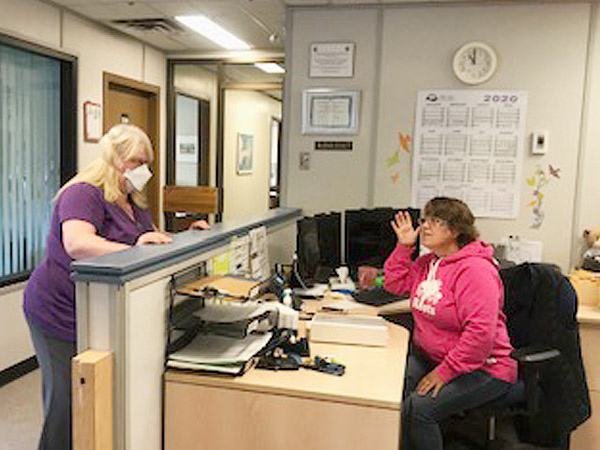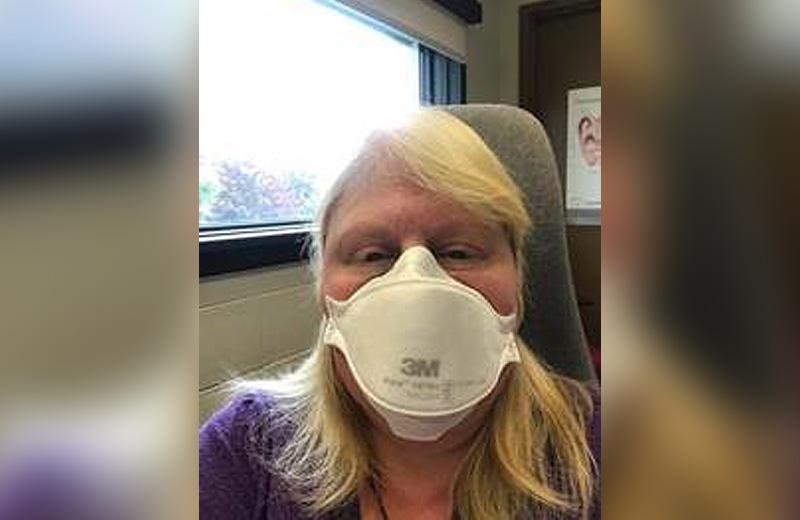May is Speech and Hearing month. Although COVID-19 is the main focus everywhere we turn, communication issues don’t disappear in the face of a global pandemic. The interpreters standing alongside the Public Health officials, delivering the messaging to the Deaf and Hard of Hearing at televised news conferences have gotten a lot of attention.
This addresses some of the communication needs of Deaf people, but there are varying degrees of hearing loss and not all hard of hearing people, even if they consider themselves deaf, know sign language.
Communication needs of Deaf and Hard of Hearing people
Many people rely on hearing aids and lip-reading. A large barrier to communication for these people is the use of masks – the very masks that those of us in medical settings, and expanding into the greater community at large, are using in an attempt to keep ourselves and others safe from this virus.
Speech being blocked by masks
In English, the softest and highest pitched speech sounds are “f”, “s”, and “th”. These sounds are also easily visible on the lips. We may not hear the difference between “boy” and “boys” but through lip-reading, we will see it.
A hard of hearing person often has difficulty with high-pitched sounds, especially if they’re older, and a recent study in the Hearing Review reveals that COVID-19 might exacerbate this issue. According to the study, different types of medical masks weaken high-pitched sounds to different degrees, and N-95s are the worst offenders.
So, a hard of hearing person who already has difficulty hearing soft sounds is having those same sounds reduced by the mask of the speaker. The message can’t be understood by lip-reading because the mask ‘masks’ that as well!
Is anyone suggesting we forego masks? Absolutely not. The authors of the Hearing Review study suggest some tips for communicating with patients in hospital settings and this can be extrapolated to community settings as well.

Tips for communicating with the Deaf and Hard of Hearing
- First, clarify how the person prefers to communicate. They may offer up a solution you haven’t considered.
- If you can, reduce noise and get the person’s attention before beginning to speak.
- Speak slowly, but don’t shout, over-emphasize, or exaggerate your speech.
- Rephrase if not understood the first time.
- If the patient doesn’t have hearing aids, consider using a portable hearing amplifier such as a “pocket-talker”.
More people wearing masks during the pandemic
This issue is not new to the hard of hearing. In medical situations, there have always been instances where clinicians have had to wear masks that obscure speech.
What’s new in the time of COVID-19 is that more people in more situations are wearing masks, and the hard of hearing person may not have the luxury of having someone accompany them into these communication challenges to help make sure they understand.
Making sure everyone gets the message
In these uncertain times, it is doubly important to make sure everyone gets the entire message. While we can’t realistically assume every person who crosses our paths is hard of hearing, it would be nice to have some strategies at hand, should the situation occur.
Note: "Deaf,” capitalized, refers to a group of people who share a language and a culture, regardless of degree of hearing loss; whereas “deaf,” in lower case letters, refers to the medical description of the hearing loss.














Comments